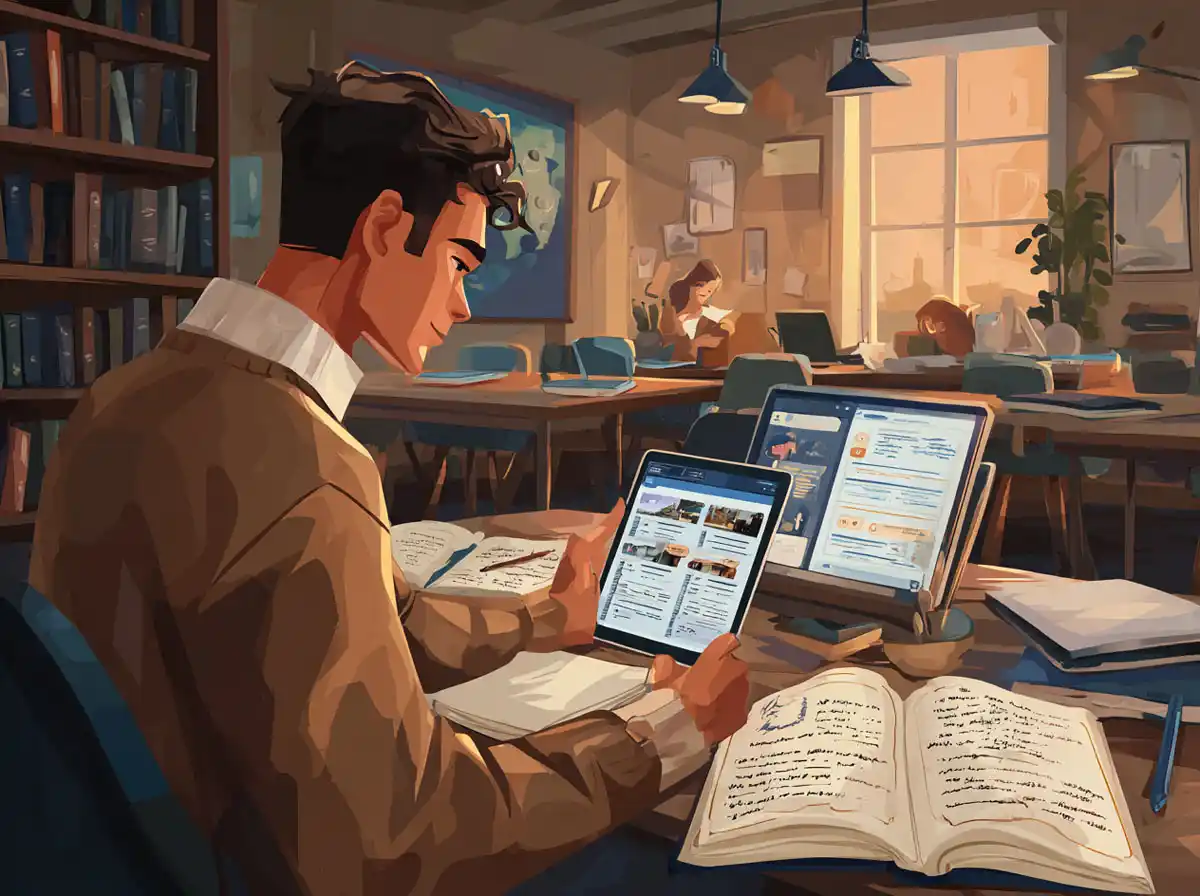Basic Italian Greetings: Saying Hello and Goodbye
Italian greetings vary depending on the time of day, social context, and level of formality. Understanding when and how to use these greetings is fundamental for effective communication.
Common Ways to Say Hello in Italian
- Ciao – The most popular informal greeting in Italian, meaning “hi” or “hello.” It is used among friends, family, and peers and can also mean “goodbye.”
- Buongiorno – Literally “good day,” this is a polite and formal greeting used in the morning and early afternoon until about 4 pm.
- Buonasera – Meaning “good evening,” this greeting is used from late afternoon through the evening and is more formal than ciao.
- Salve – A neutral, polite greeting appropriate in both formal and informal settings when you are unsure which to use.
Common Ways to Say Goodbye in Italian
- Arrivederci – A formal way to say “goodbye,” suitable for most social and professional interactions.
- Ci vediamo – Informal and meaning “see you,” used among friends or acquaintances.
- A presto – Meaning “see you soon,” often used when you expect to meet the person again shortly.
- Ciao – As mentioned, also used for goodbye in informal settings.
Time-Specific Greetings: When to Use Buongiorno, Buon Pomeriggio, and Buonasera
Italian greetings are often time-sensitive, reflecting the time of day to maintain politeness and cultural appropriateness.
Buongiorno: Morning to Early Afternoon
Used from early morning until around 4 pm, Buongiorno is a formal and respectful way to greet someone during the day. It is appropriate in workplaces, shops, and formal social settings. Pronounced as [bwohn-JOHR-no], it literally means “good day.”
Buon Pomeriggio: Good Afternoon (Less Common)
Though Buon pomeriggio means “good afternoon,” it is less commonly used in Italy compared to Buongiorno and Buonasera. Italians typically transition directly from Buongiorno to Buonasera in the late afternoon.
Buonasera: Late Afternoon and Evening
Starting from late afternoon (around 4 pm) and continuing through the evening, Buonasera is the polite and formal greeting choice. It means “good evening” and is suitable for both social and professional settings.
Formal vs. Informal Greetings in Italian
The distinction between formal and informal greetings is crucial in Italian culture, reflecting respect, social hierarchy, and familiarity.
When to Use Formal Greetings
- Addressing strangers, elders, or people in positions of authority
- In professional or business environments
- When meeting someone for the first time
Examples of formal greetings:
- Buongiorno, Signore/Signora – Good morning, Sir/Madam
- Arrivederci – Goodbye
- Salve – A polite, neutral greeting
Informal Greetings
- Used with family, friends, and close acquaintances
- In casual social settings
Examples of informal greetings:
- Ciao – Hi/Bye
- Ci vediamo – See you
- A presto – See you soon
Special Greetings and Expressions in Italian
Beyond basic greetings, Italians use a variety of expressions that convey warmth, respect, and cultural identity. Familiarity with these will deepen your understanding of everyday Italian communication.
Greeting Someone in the Morning: “Come stai?”
After saying hello, asking about the person’s well-being is common. “Come stai?” means “How are you?” and is informal. For formal situations, use “Come sta?”
- Come stai? – Informal: How are you?
- Come sta? – Formal: How are you?
Expressing Good Wishes: “Buona giornata” and “Buona serata”
- Buona giornata – Have a good day (used during the day when parting ways)
- Buona serata – Have a good evening (used in the evening)
Other Common Greetings
- Benvenuto / Benvenuta – Welcome (masculine/feminine)
- Bentornato / Bentornata – Welcome back (masculine/feminine)
- Felice di vederti – Happy to see you (informal)
Cultural Tips for Greeting in Italy
Understanding Italian greeting customs goes beyond language—it’s about respecting social etiquette and cultural norms.
Physical Gestures
- Handshakes: Common in formal or business settings, typically firm and brief.
- Cheek Kisses: Among friends and family, Italians often greet with two kisses on the cheeks (starting from the left).
- Eye Contact: Maintaining friendly eye contact during greetings shows sincerity and respect.
Using Titles and Last Names
- In formal situations, it is polite to use Signore (Mr.), Signora (Mrs.), or Signorina (Miss) followed by the last name.
- Once a relationship becomes informal, first names and informal greetings like ciao are appropriate.
How Talkpal Can Help You Practice Italian Greetings
Mastering Italian greetings requires not only memorization but also practice in natural conversations. Talkpal is an excellent language learning platform that connects you with native speakers and fellow learners worldwide. Here’s how Talkpal can enhance your Italian greeting skills:
- Live Practice: Engage in real-time conversations to practice greetings and responses.
- Interactive Lessons: Access structured content focusing on everyday greetings and expressions.
- Feedback and Correction: Receive instant feedback from language partners or tutors to improve pronunciation and usage.
- Community Support: Join groups and forums where learners share tips and cultural insights.
Conclusion: Embrace Italian Greetings to Connect and Communicate
Learning greetings in the Italian language is your gateway to meaningful interactions and cultural immersion. From casual ciao to formal buongiorno, these expressions reflect Italy’s rich social traditions and warmth. By practicing consistently, especially with tools like Talkpal, you will gain confidence and fluency in Italian greetings and beyond. Remember, a well-placed greeting can open doors to friendships, professional opportunities, and unforgettable experiences in the Italian-speaking world.










